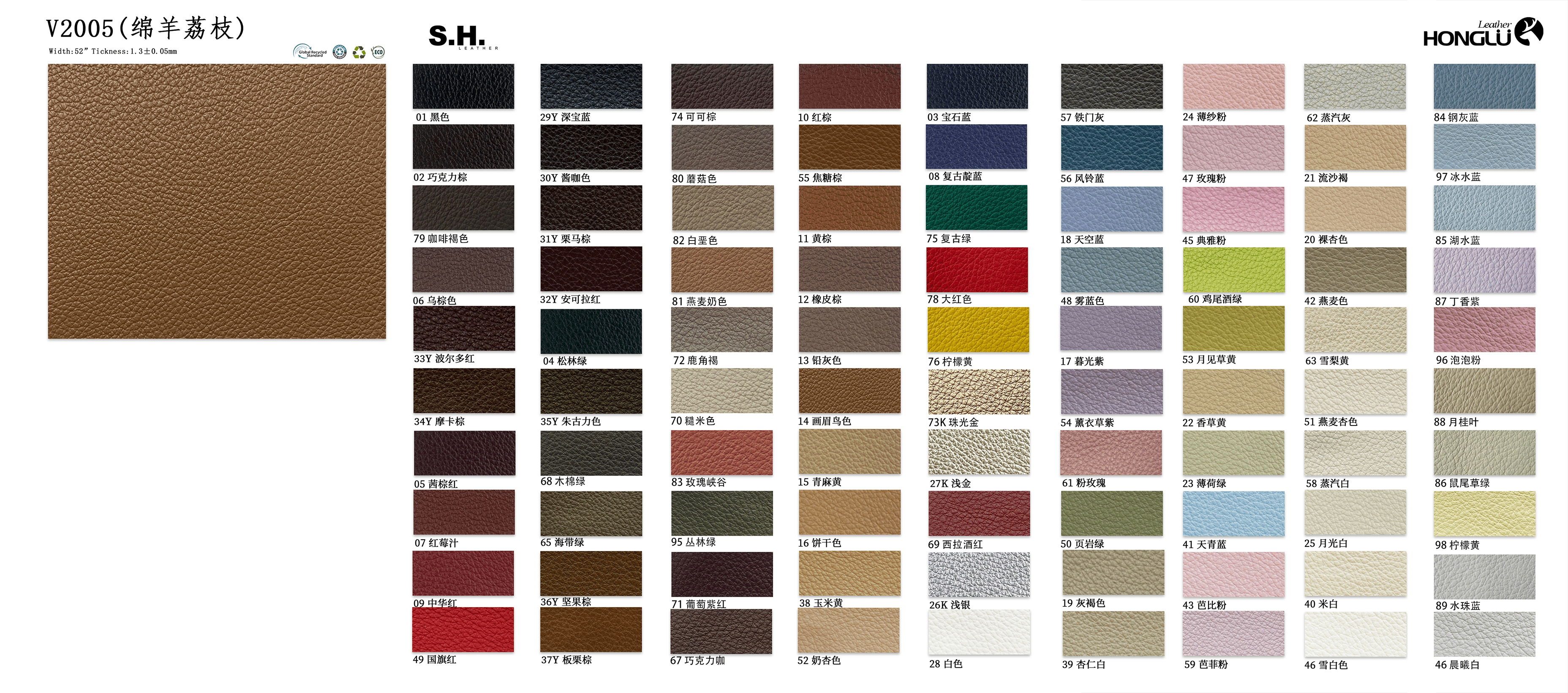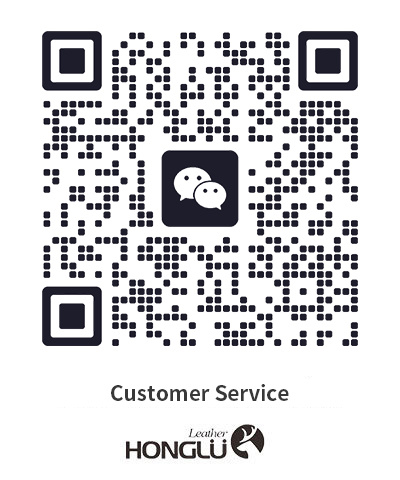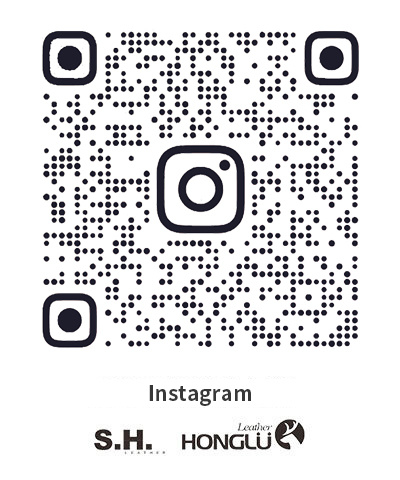
















Product Details

The production of a PU leather roll begins far from the tannery, in the sterile environment of the chemical plant. Its foundation is a web of polyester or cotton, a blank canvas awaiting its transformation. Upon this base, a layer of polyurethane is meticulously applied, a liquid plastic that is then embossed under intense heat and pressure. It is in this crucial moment that the illusion is born. A metal roller, etched with a perfect, repeating pattern—perhaps the pebbled grain of a premium cowhide, the subtle pores of calfskin, or the exotic texture of ostrich—imprints its memory onto the synthetic surface. The result is a material of remarkable uniformity. Unlike its animal-derived counterpart, which bears the unique scars, stretch marks, and variations of a lived life, every inch of the PU leather roll is consistent, predictable, and flawless. This is its first great virtue: not beauty in the traditional sense, but perfection through standardization.
This very uniformity speaks to its core purpose. PU leather is a material of democratization and accessibility. Genuine leather, with its cost tied to rearing livestock, tanning, and the skilled labor of working a natural, inconsistent hide, has always been a marker of luxury and durability. PU leather dismantles this barrier. It allows for the aesthetic of leather—the look, the feel, even the smell in higher-quality versions—to be enjoyed on a budget. It enables a fast-moving fashion cycle, where sofas, jackets, handbags, and car interiors can be produced in vast quantities, in a limitless spectrum of colors, without ethical quandaries over animal welfare for a growing segment of consumers. It is lightweight, easy to clean, and resistant to moisture, making it a pragmatist’s dream for everyday use in a messy, unpredictable world.




